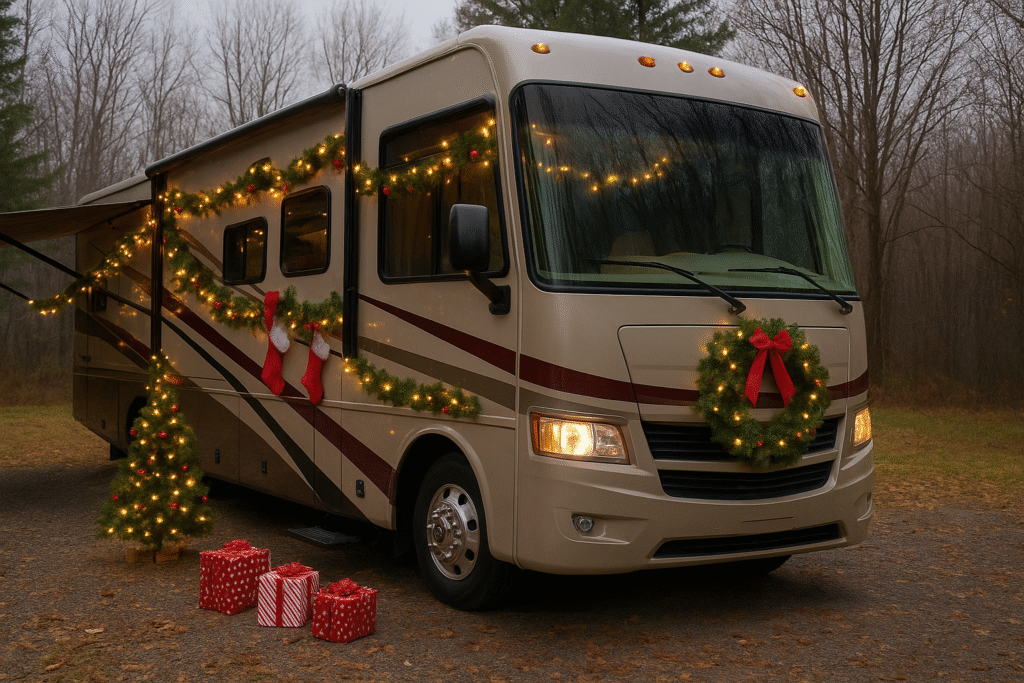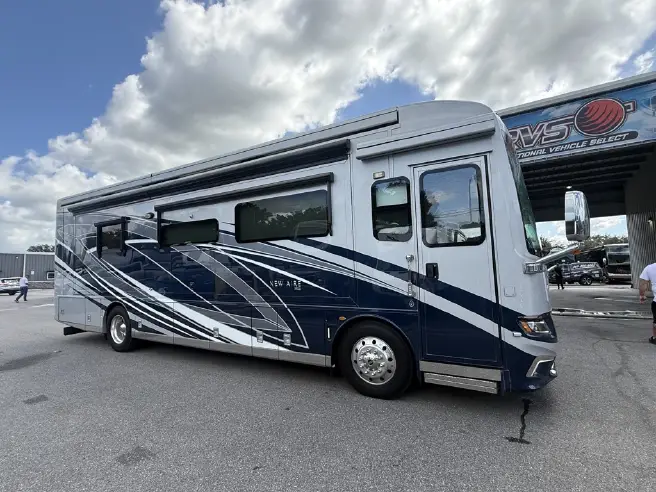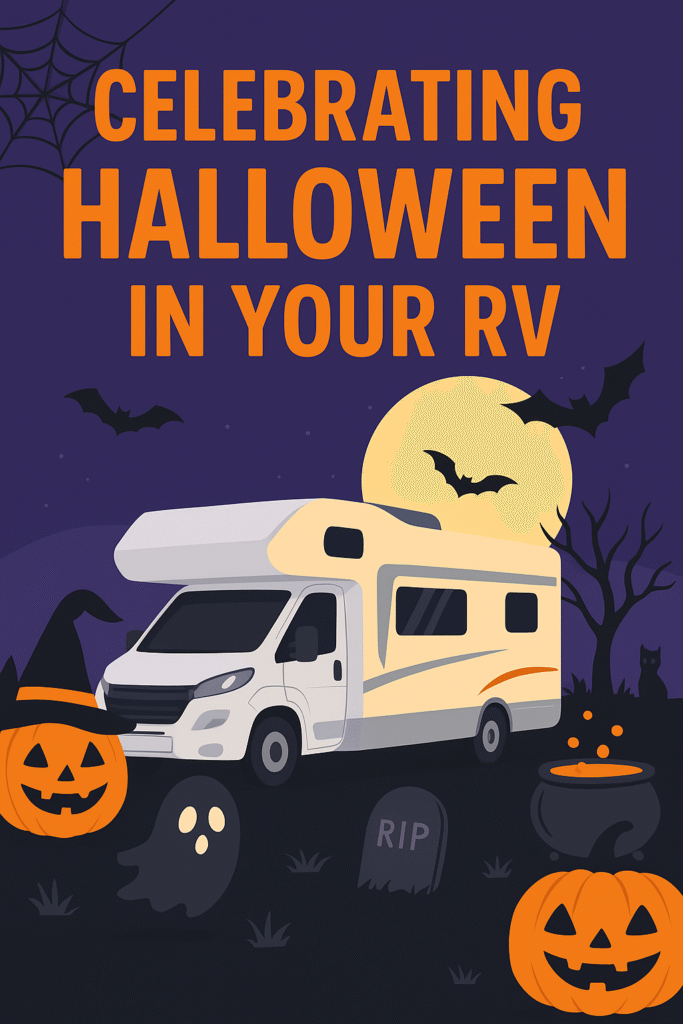There are a lot of advantages to towing a vehicle behind your RV when you embark on a road trip. Having a car at your disposal can make it easier to explore new places, park, and navigate smaller roads that are off the beaten path. Also, towing a vehicle means you don’t have to go through the cumbersome process of breaking up camp and packing up the RV each time you need to run an errand or go to the grocery store. But towing a vehicle requires the right equipment and the right installation expertise. An improperly towed car or truck can result in damage to your vehicle, damage to your RV, or worse, an accident on the road. Read on to find some towing tips to get you started, but remember – if you don’t think you can correctly install a towing device yourself, always entrust this work to a professional who can walk you through the process and show you the right way to attach and detach the towing apparatus before you have to do it yourself while on the road.
The first step is determining how you should tow your vehicle. There are several different ways to tow, including towing on a flatbed, using a tow bar, or using a tow dolly. The type of car you have – size, transmission, wheel drive, etc. – will determine what your options are for towing, so always consult the manufacturer’s manual before opting for a towing device.
Each method of towing a vehicle behind your motorhome has distinct advantages and disadvantages:
- Flatbed towing – A flatbed is useful for supporting the entire weight of your vehicle, but flatbeds are costly, cumbersome, and will add to your fuel costs. Advantages of flatbed towing include being able to tow most types of vehicles. Most flatbeds also come with their own brake light system, which is a good safety precaution. And because all four wheels of the car are off the ground while being towed, you’re not adding extra mileage to your car, nor are you running the risk of affecting the way the car drives once you arrive at your destination.
- Flat towing – Also called dinghy towing, flat towing is generally the most space-efficient and fuel-efficient way to tow, though proper installation of the tow bar is imperative and you will need to maneuver the RV differently when the four wheels of the auxiliary vehicle are on the ground (i.e. no backing up without unhitching the vehicle from the rig). Unlike a flatbed or dolly, a tow bar is small enough that it can be easily folded and stored when not in use. If buying a used or new motorhome, consider a model that has a pre-mounted tow bar that simply stays attached to the rig.
- Dolly towing – Dolly towing uses a two-wheel trailer to support the front wheels of your car while the two back wheels are on the road. Dolly towing encompasses some of the advantages of both flatbed towing and flat towing. Dolly towing doesn’t increase the mileage on your auxiliary vehicle and it is small enough that it is much easier to maneuver and store that a flatbed. Like many flatbed trailers, dollies often have their own braking and light system.
Always check with the Department of Transportation to determine what the towing guidelines are in the state where the RV and vehicle are registered, as well as in the places you will be traveling. In some areas, only certain kinds of vehicles can be towed and there may be specific requirements for the types of towing devices that are allowed depending on the weight of the auxiliary vehicle and the towing capacity of your rig.
Any questions? Be sure to contact us!




